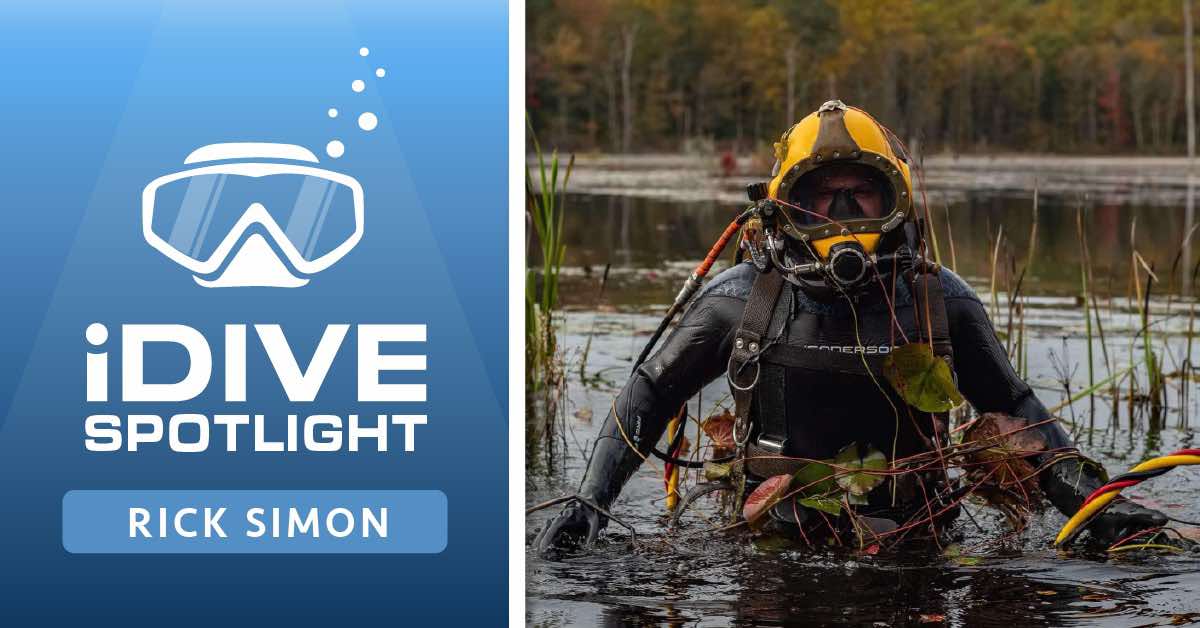Rick Simon
Making Waves Across New England - Rick Simon
New England’s maritime history is rich and storied, with its rugged coastlines hiding countless secrets beneath the waves. Few people know this better than Rick Simon, a commercial diver, explorer, and shipwreck hunter who has dedicated his life to unearthing the hidden relics of the past. Rick's passion for diving has led him to the depths of history, helping to bring forgotten stories back to life.
Rick was one of the lucky kids that grew up in the dive industry with the passion of the underwater world instilled on him from his father, Eric Simon. He spent his childhood in Connecticut diving off and crewing boats. As a high school senior, he was awarded the Boston Sea Rovers’ Summer Internship that led him on a summer journey of a lifetime exploring life beneath the waves with Boston Sea Rovers members of all different specialties.
His love for the ocean and advanced technical diving skills have brought him to some of the most sought-after and difficult underwater locations such as the Andria Doria, Britannic, Lusitania, and the U-853. Rick remains heavily involved in the Boston Sea Rovers, often giving daytime presentations during the annual clinic. He also regularly presents at various Dive Club meetings across New England. He is the Vice President of Shoreline Diving and founder of Manta Industries.
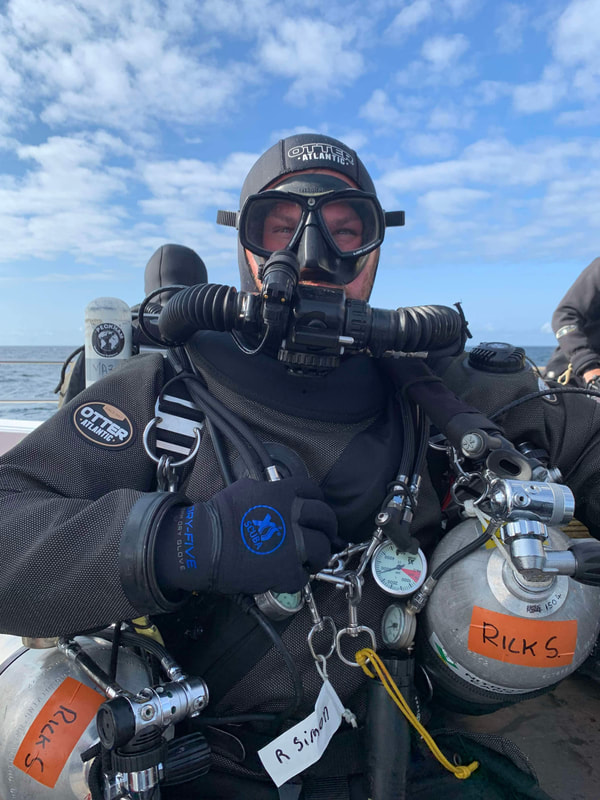
Rick Simon geared up to dive a wreck.
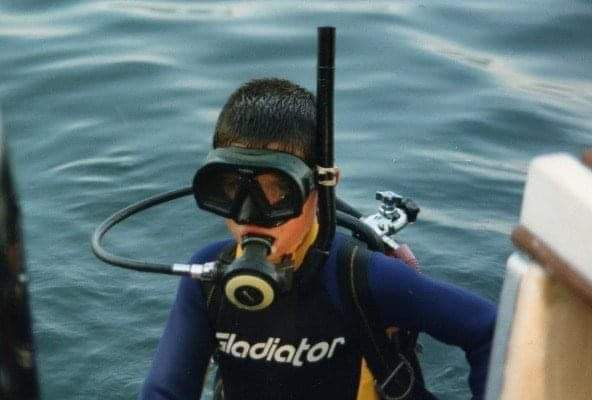
Rick Simon diving from his father's boat in his childhood.
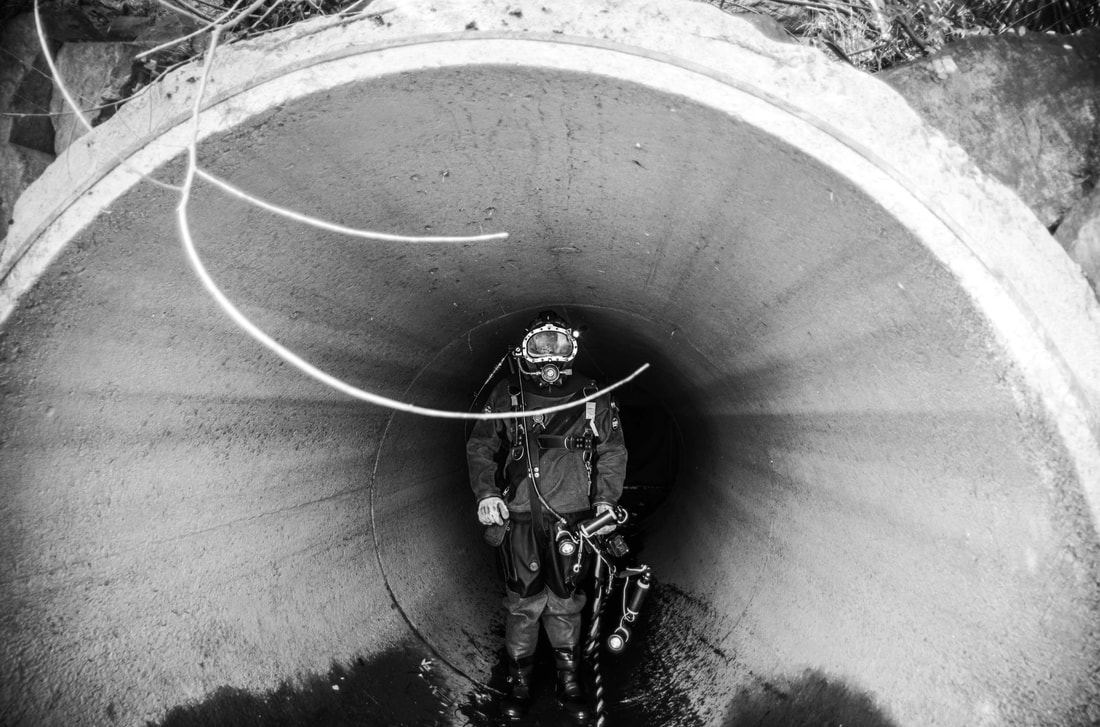
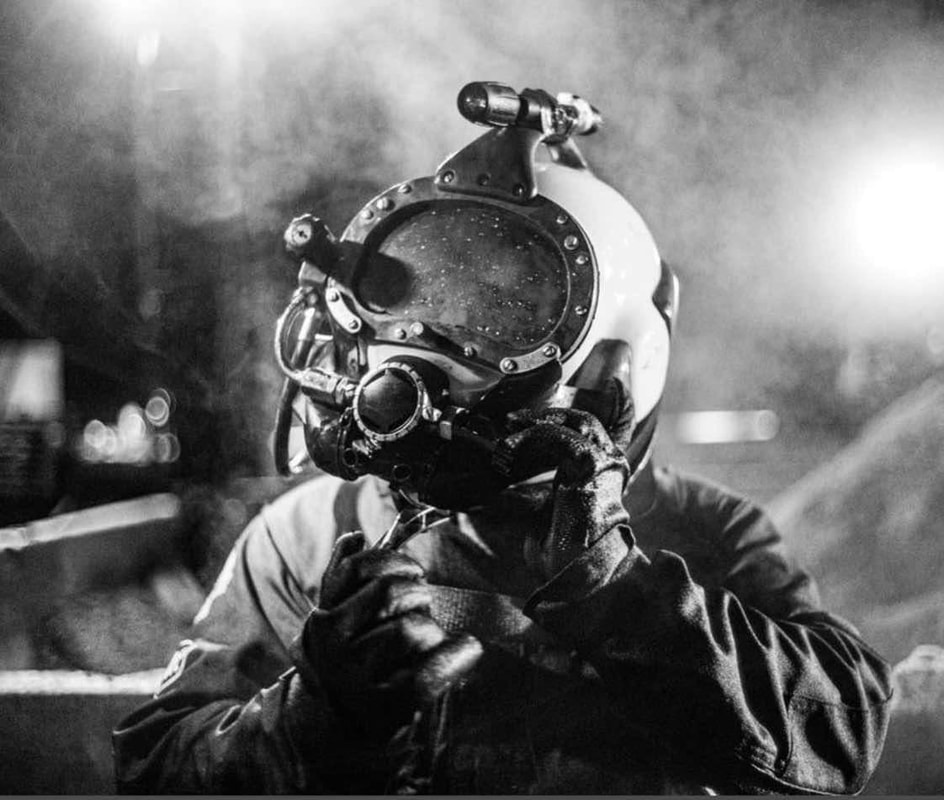
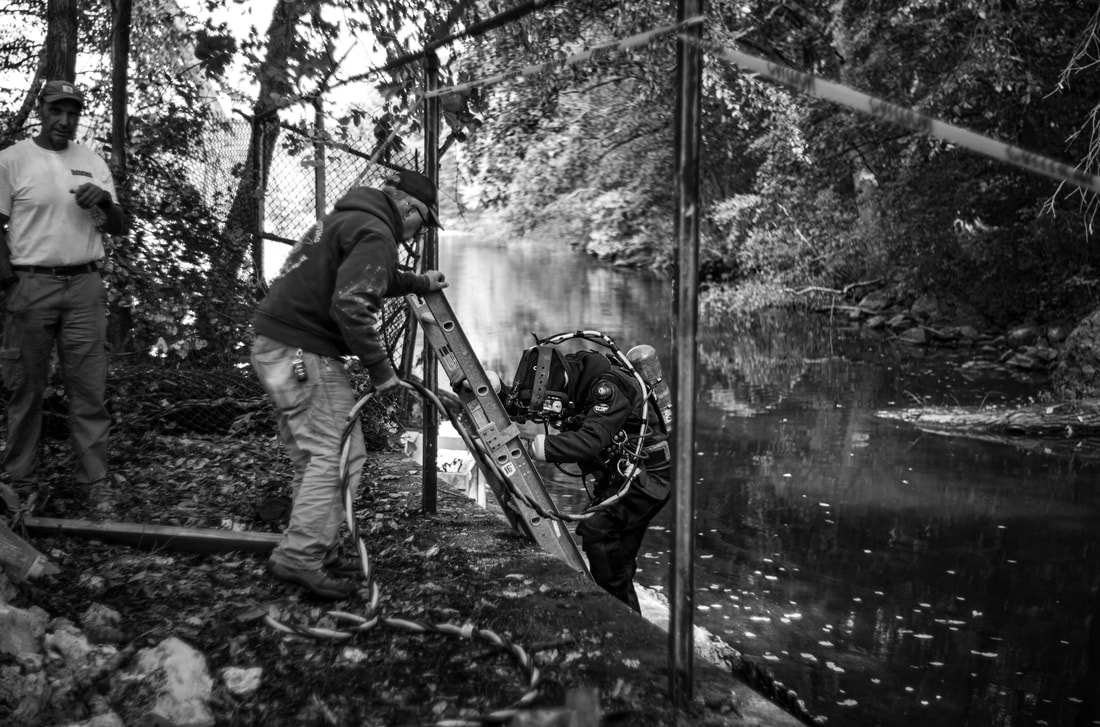
Photo credit: Austin Leathers
A Commercial Diver by Day, Explorer by Heart
Rick Simon’s career in commercial diving has taken him to various industries, from underwater construction to marine salvage. But while the job demands precision, technical skill, and unwavering focus, Rick’s true passion lies in exploration. His work often sees him diving in challenging conditions, facing the cold waters and unpredictable currents of the New England coast. Despite the demanding nature of commercial diving, Rick still finds time to pursue his passion for underwater archaeology.
His deep-seated love for history and the ocean has driven Rick to explore shipwrecks across the Atlantic seaboard. "There’s nothing like the thrill of discovery," Rick said. For him, it’s not just about finding the wreckage—it’s about piecing together the story of what happened, who was aboard, and what treasures or artifacts might still rest on the ocean floor.
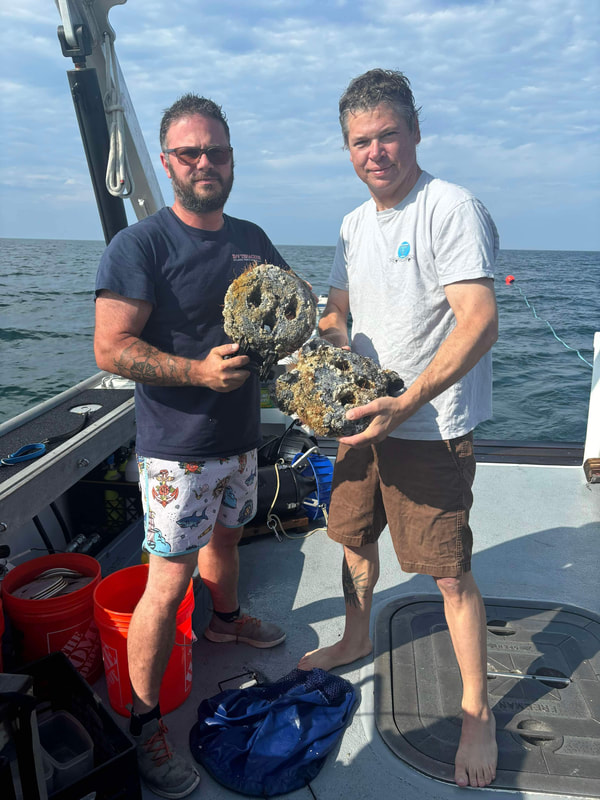
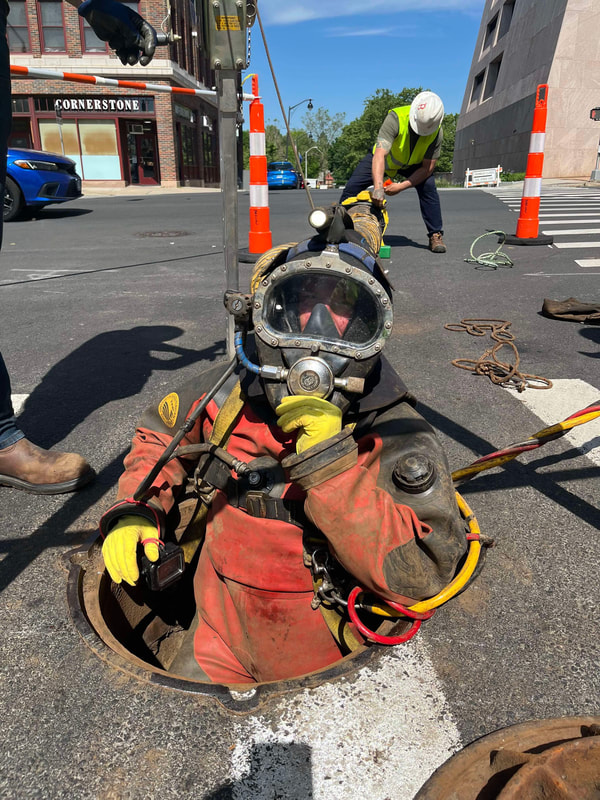
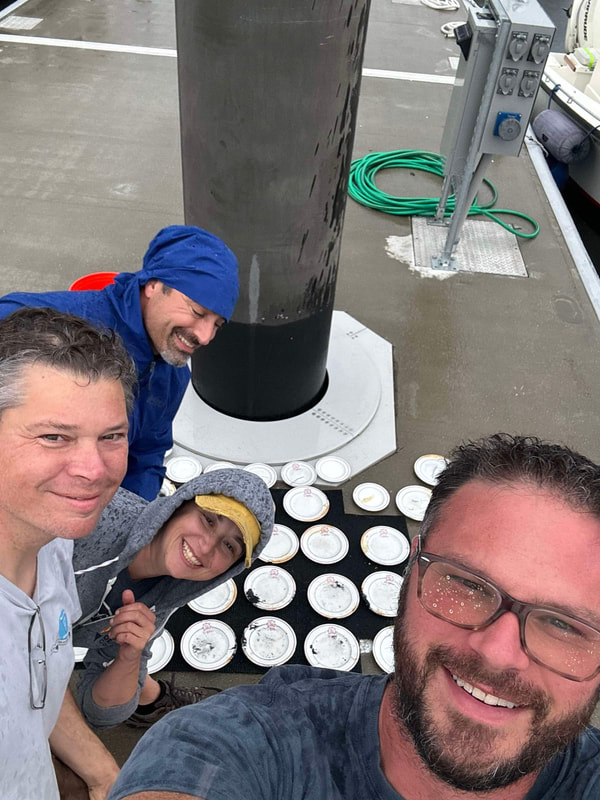
The Hunt for Lost Shipwrecks
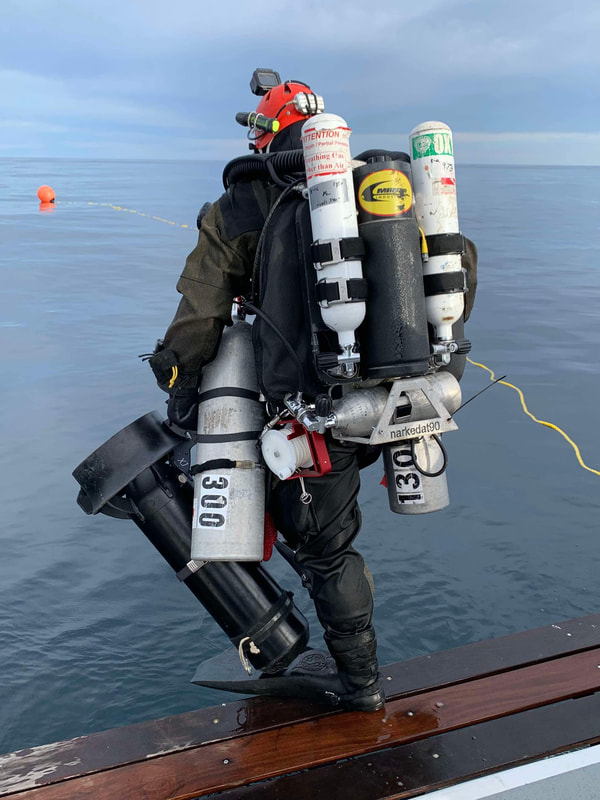
New England is a hotspot for shipwrecks, many of which date back to the early days of American colonization. From sunken merchant ships to forgotten naval vessels, the waters are filled with relics. Rick’s methodical approach to shipwreck hunting has earned him a reputation as one of the region’s skilled explorers. He spends hours pouring over historical records, studying nautical maps, and consulting with historians and marine experts before embarking on a dive.
One of Rick’s most notable discoveries was Defender, an early-20th-century submarine, lost after being scuttled. The find not only provided a fascinating glimpse into the ship’s history but also helped solve a local maritime mystery.
Diving Into the Unknown
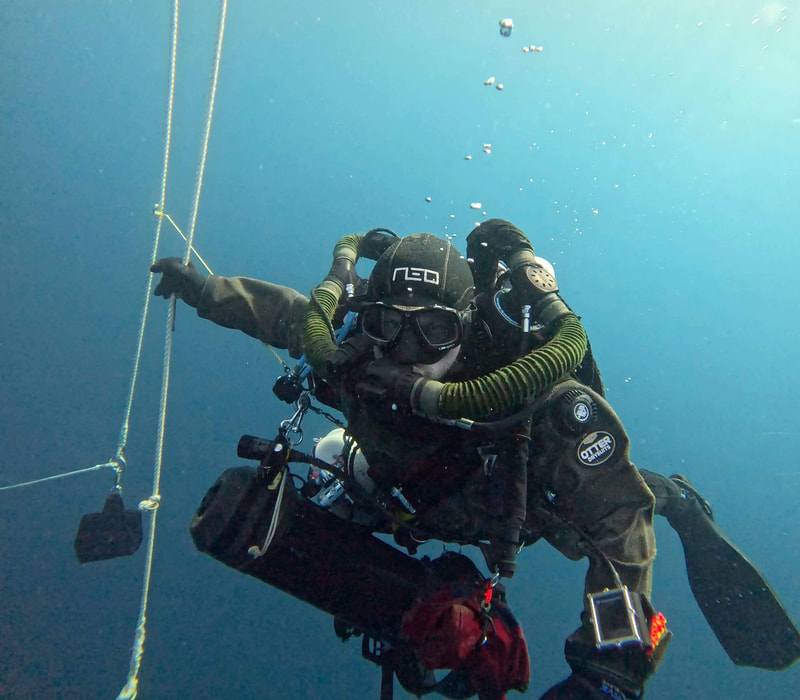
What sets Rick Simon apart is his drive. The New England coast, known for its cold and often murky waters, is not for the faint of heart. Visibility can be horrendous, and the strong Atlantic currents add a layer of difficulty to even the most routine dives. For Rick, these challenges are part of what makes his work rewarding.
He often talks about the eerie silence that surrounds a shipwreck dive. Descending into the dark, cold waters, knowing that history lies just below, sends a chill up his spine. But it’s that feeling of the unknown that keeps him coming back. For Rick, each wreck is a time capsule—a portal to the past that offers clues to mysteries of the past.
Preserving History
The thrill of discovery is not Rick’s only focus; he is deeply committed to preserving and sharing the history he uncovers. Working closely with local museums, historical societies, and marine archaeologists, he ensures that the artifacts he recovers are conserved and shared with the public. His contributions to maritime history have been recognized, and his findings have played a role in expanding our understanding of New England’s seafaring past.
The Legacy of a Modern Explorer
As both a commercial diver and a passionate explorer, Rick Simon has carved out a unique place in the world of underwater discovery. His pursuit of shipwrecks and historical artifacts has made him known among the New England diving community, and his work continues to inspire the next generation of divers and explorers.
For Rick, the journey is far from over. "The ocean is full of stories," he says. "You just have to dive in and find them."
Whether he’s working on a commercial job or diving into the unknown depths in search of shipwrecks, Rick Simon embodies the spirit of exploration and adventure that has defined New England’s maritime heritage for centuries. His passion for history and discovery serves as a reminder that, beneath the waves, there’s always something more to be found.

Photo of Rick preparing for his commercial dive.
Learn more about Rick Simon:
shorelinedivingservices-ct.com
Additional References
Manta Industries
mantaind.com
More about Rick's Discovery of the Defender
An Experimental Submarine
The Defender submarine (first called Simon Lake XV and then simply as Lake) holds a unique place in maritime history as one of the earliest American attempts at creating a submersible for naval warfare. While unsuccessful in entering service, its design and development were part of a pivotal period of innovation in underwater military technology.
The Defender was designed by engineer Simon Lake, an American inventor and pioneer in submarine technology. Simon Lake envisioned submarines as vehicles that could explore underwater environments, recover valuable cargo from wrecks, and even conduct scientific expeditions.
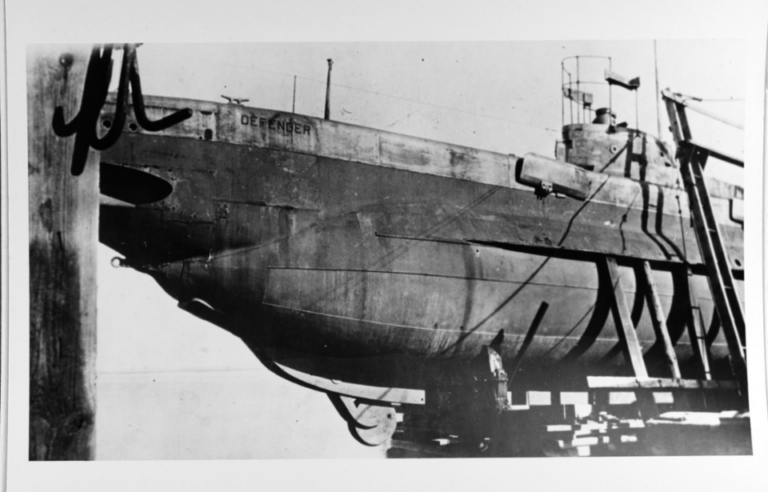
Photo Credit: Naval History and Heritage Command
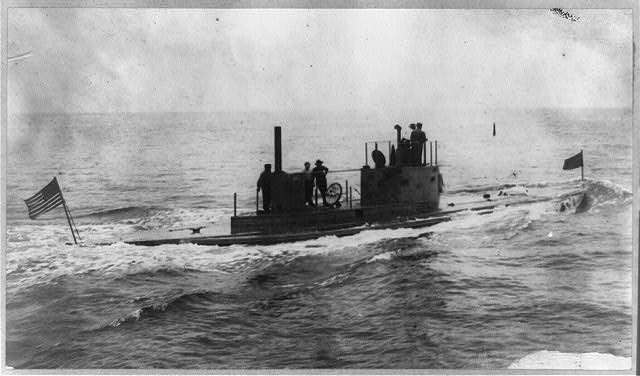
Defender submarine, 1908-17. (Photo Credit: Lake Torpedo Boat Company / George Grantham Bain Collection / Library of Congress / No Known Restrictions)
Construction and Purpose
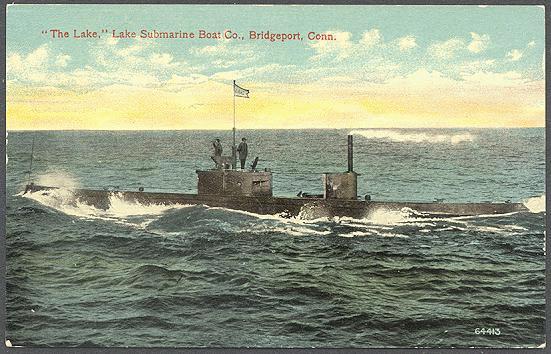
The Lake running on the surface, likely in 1906 during the competition. Photo credit: Ric Hedman
The submarine, Simon Lake XV and then simply as Lake, was built in 1906 by the Lake Torpedo Boat Company, based in Bridgeport, Connecticut, and was one of Lake's many submarine designs. Lake’s vision for the Defender was to create a versatile vessel that could serve both military and civilian purposes, reflecting his broader belief that submarines had great commercial potential.
At 92 feet long and powered by both electric and gasoline engines, the Defender was equipped with features ahead of its time. These included wheels for traveling along the seabed—a concept that Lake believed would allow the submarine to navigate underwater environments more easily. It also featured an airlock system for divers, which could facilitate underwater salvage or repair missions.
The Defender was designed to carry torpedoes, and its creators hoped it could be used by the U.S. Navy. It was not selected for naval service, in part due to its unconventional design.
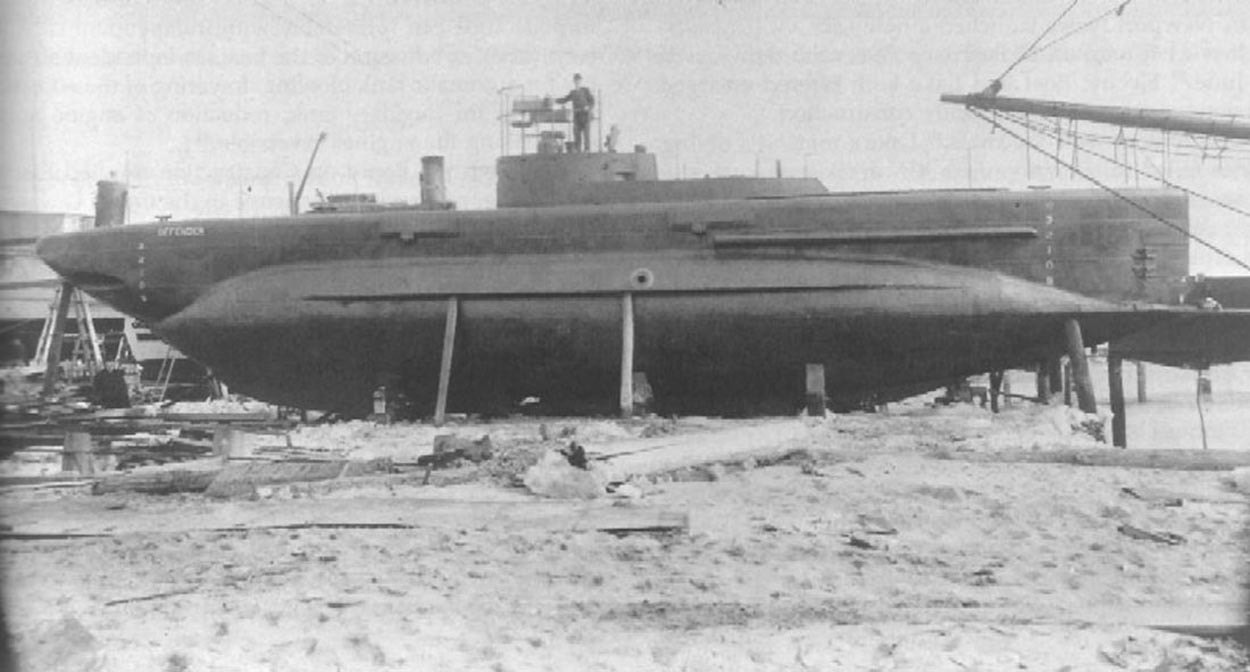
Photo credit Simon Lake History

Photo credit Simon Lake History
Legacy and Fate
One of the highlights of the Defender is when Amelia Earhart came aboard and made her first deep-sea exploration off the vessel.
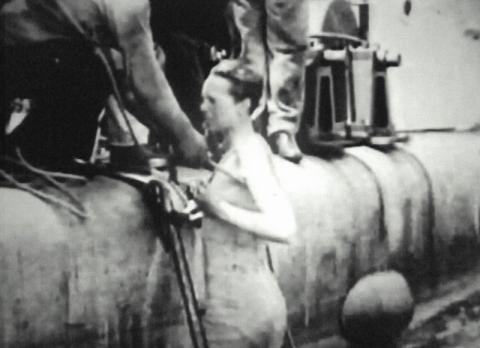
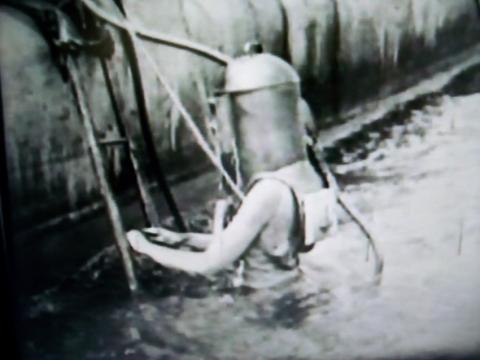
Photo credit Simon Lake History
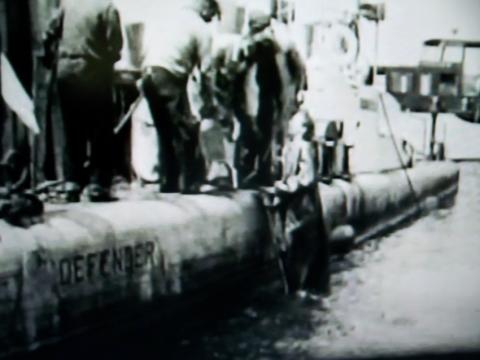
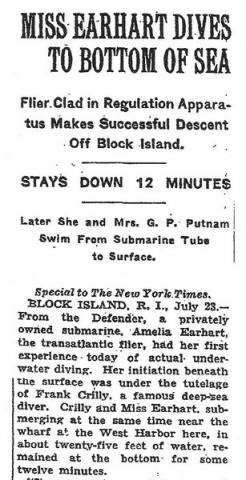
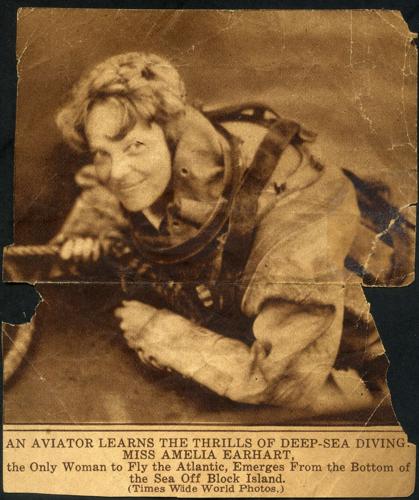
After failing to secure a contract with the U.S. Navy, Lake rebuilt the submarine into a salvage vessel and renamed the submarine to the Defender.
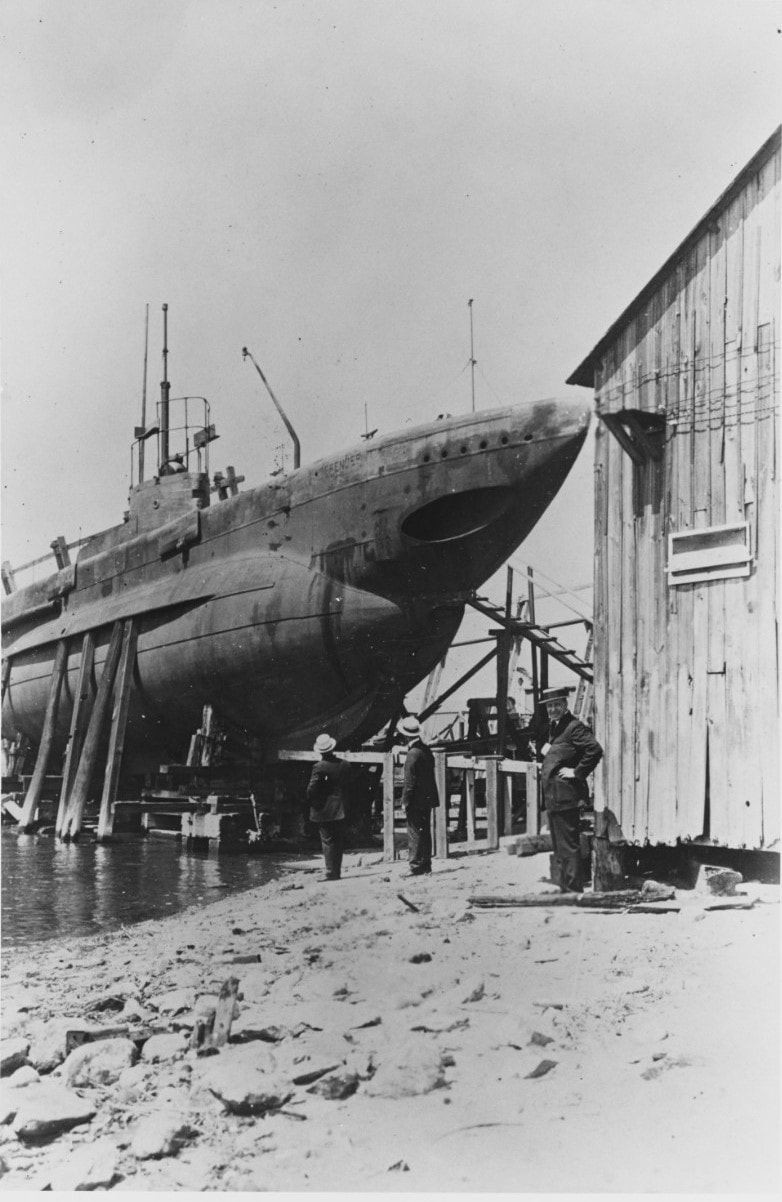
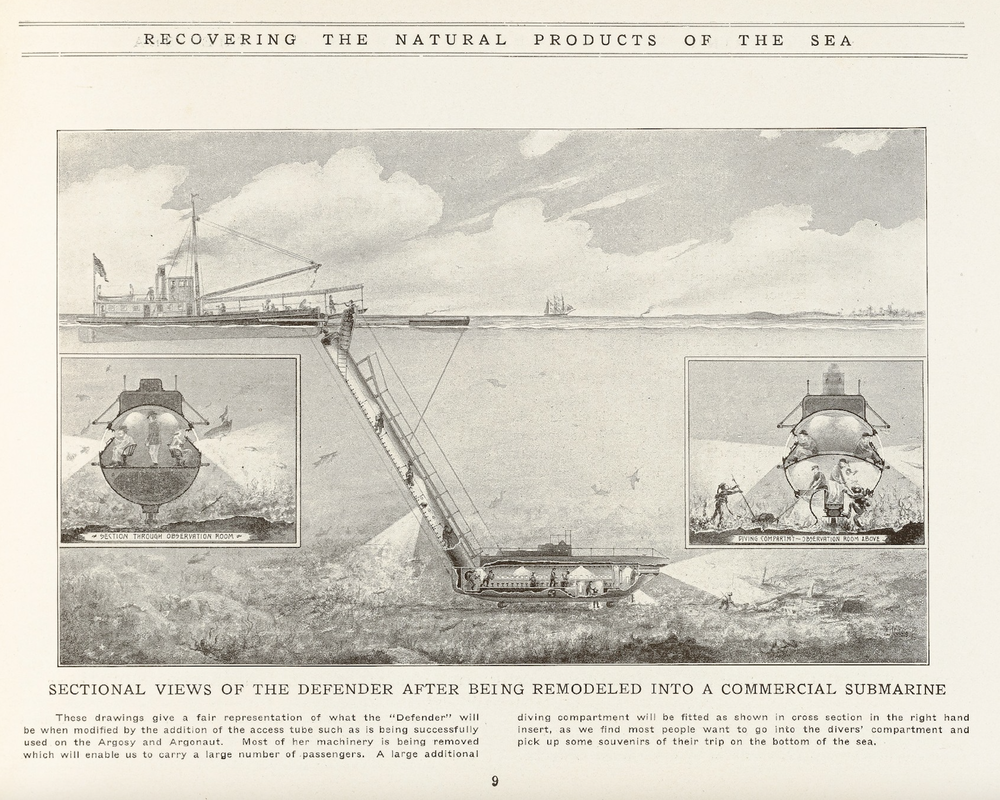
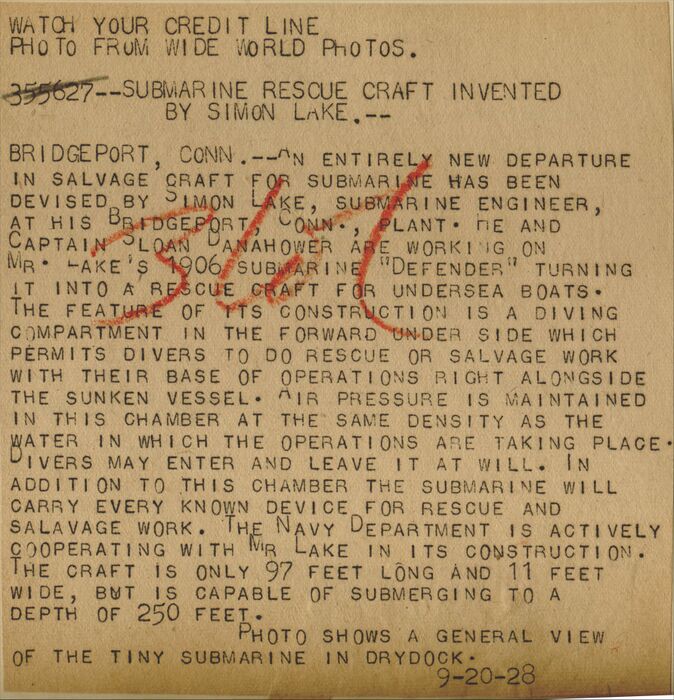
While it did not enter military use, the Defender and other submarines designed by Simon Lake were influential in the early development of submarine technology. Lake’s work pushed the boundaries of what was possible with underwater vehicles and highlighted the diverse applications submarines could have, from warfare to exploration and salvage. In 1946, the Defender was reportedly scrapped after sitting unused for decades. However, its legacy lived on in Simon Lake’s contributions to submarine innovation. Lake continued to advocate for the use of submarines for both military and peaceful purposes, and his ideas influenced the future development of submersibles worldwide.
The Discovery by Rick Simon
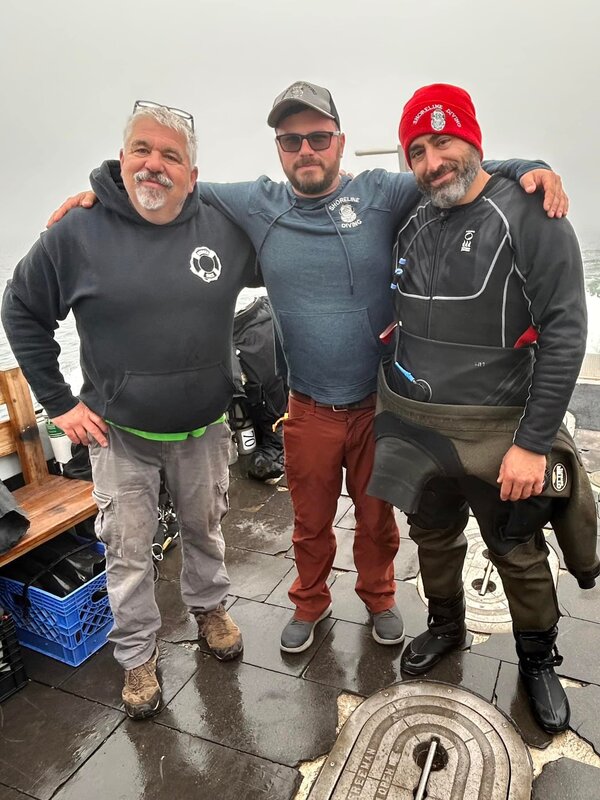
Photo Credit: Shoreline Diving
The Defender was discovered in 2023 by a dive team (Steve Abbate and Joe Mazraani) led by Rick Simon. Rick had spent months reviewing known sonar and underwater mapping surveys of the bottom of Long Island Sound, as well as government documents obtained under the Freedom of Information Act to identify any anomaly that fit the size of the sub. When he deciphered the information, he assembled an advanced dive team to explore the possible location of the lost submarine. Equipped with side-scan sonar data and GPS, the team set out with hopes of locating the submerged vessel.
Rhode Island Sound, known for its strong currents and murky waters, can be a challenging environment for divers. The team knew they would be up against a difficult dive with low visibility and strong currents with only a small window to be in the water. After abandoning the first day of diving due to conditions, they came back a few days later ready to hit the water.
The dive team descended through a dense layer of particles, with the light from above fading fast. At around 100 feet, visibility dropped to just 10 feet. It was like diving through soup. Lights barely penetrating, they only illuminated small patches of the murky water around them. Each kick had to be strong and deliberate to maintain position, and communication was limited to light signals and tugs on the line. They connected a reel to the line that ran up to the surface and began swimming against the current, knowing they only had one shot before the window awarded by the tides closed again. The water on the ocean floor at 150ft down from the surface hovered at 44 degrees F, cold enough that hypothermia was a concern.
They swam for about 25 feet, and then the profile of the sunken submarine became visible. At first just a shadow, but as the dive team moved closer, they began to make out the distinct outline. Covered in marine growth and rusted from decades beneath the waves, the sub was barely recognizable but fully intact. They realized they had found what they came for.
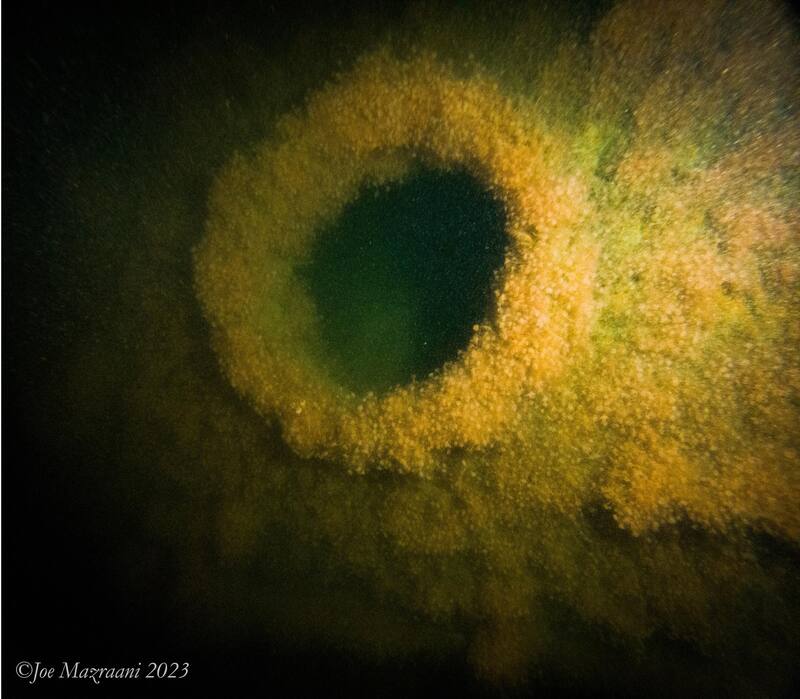
Photo Credit: Joe Mazraani
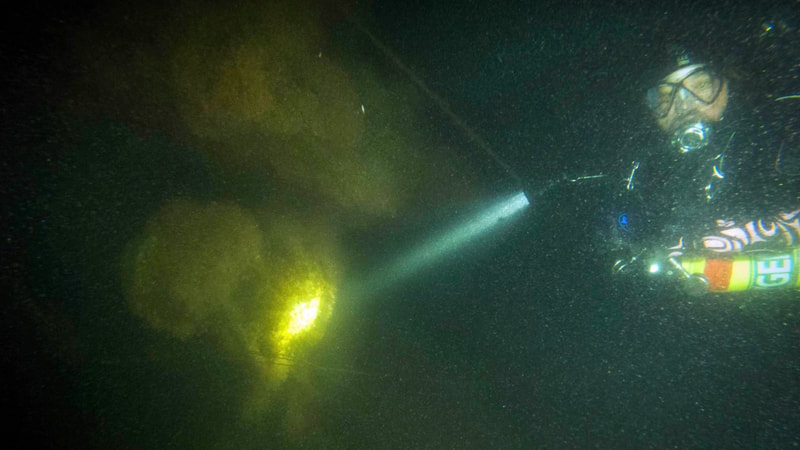 Steve Abbate at the Defender Wreck
Steve Abbate at the Defender WreckPhoto Credit: Joe Mazraani
After spending close to 30 minutes around the wreck, it was time to ascend. The currents and limited visibility had made this one of the more difficult dives they’ve done, but the reward of discovering the submarine made every moment worth it.
Their victory inspired Simon to reach out to descendants of Lake, whom he had spoken with before to share the news with them. As you can imagine, they were elated and eager to hear more about what Rick and the dive team discovered decades after their family’s prized treasure was lost.
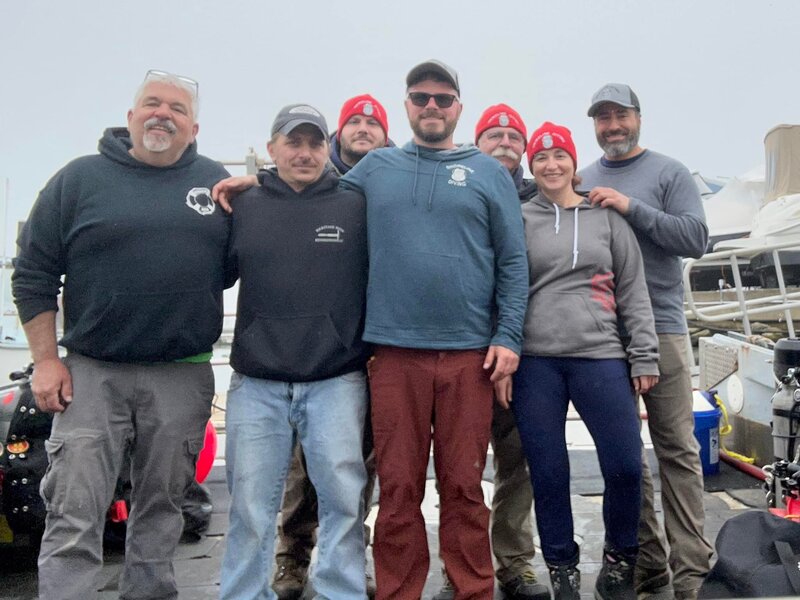
If this story interested you, you can hear more in person from Rick at Boston Sea Rovers’ annual symposium.

